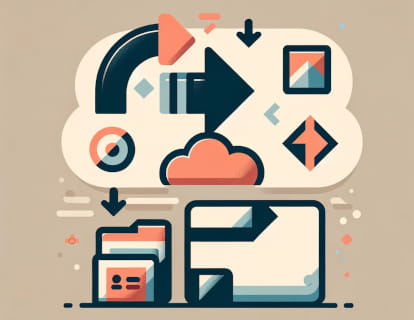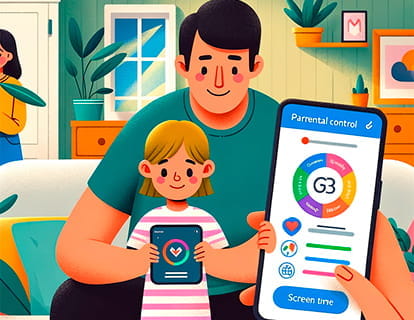If you have gotten lost when configuring an email account on an electronic device, here we explain the basic concepts that you should know, once you understand these concepts you will better understand the data that is requested when installing the email on a mobile phone, tablet or computer.
Incoming Mail Server
This is like an electronic post office where your emails arrive. When someone sends you an email, it reaches this server first. Then, your email program (like Outlook, Gmail, etc.) picks it up from there so you can read it. Depending on how you configure your email, this server can be POP or IMAP (I will explain this later).
Outgoing Mail Server or SMTP (Simple Mail Transfer Protocol)
Think of this as the postman carrying your letters to others. When you write an email and send it, this server is responsible for making sure that your message reaches the mailbox (incoming mail server) of the person you are sending it to.
Username
In most cases the username is simply your full email address, for example yourname@example.com. It is important that you enter it correctly to ensure that your application or email program can receive the emails without problems.
Now, the differences between POP and IMAP, which are two ways to receive emails from the incoming mail server:
POP (Post Office Protocol)
It's like going to the post office, picking up your letters and taking them home. Once you pick them up, they don't stay at the post office. If you use POP, your emails are downloaded to your device (like your computer or phone) and usually deleted from the server. This means that if you later try to access your emails from another device, you won't find them there.
IMAP (Internet Message Access Protocol)
It works more like checking your letters at the post office without taking them home. You can read them, mark them, even reply to them, but they stay in the post office. This is useful because if you later want to view your emails on a different device, you can do so; all emails are still on the server.
In short, the key difference is where your emails are stored and how you access them: POP downloads them and deletes them from the server, IMAP keeps them on the server, allowing access from multiple devices.
What is a mail server?
A mail server is like a post office in the digital world. It is a computerized system that handles the sending and receiving of email messages. Here I explain its two main roles:
As a post office to receive mail (Incoming Mail Server): When someone sends you an email, it does not arrive directly to your computer or phone. First, it reaches the incoming mail server of your email provider (such as Gmail, Yahoo, etc.). This server saves the message until you pick it up (open your email).
As a postman to send mail (Outgoing Mail Server or SMTP)**: When you send an email, the outgoing mail server acts as a postman. It takes your message and delivers it to the recipient's incoming mail server. It makes sure that your mail reaches the mailbox (incoming mail server) of the person you are writing to.
In summary, the mail server is essential in the process of sending and receiving emails. It's the middleman who ensures that messages reach their destination correctly, either by saving them until you're ready to read them or by making sure they reach the right person when you send them.






